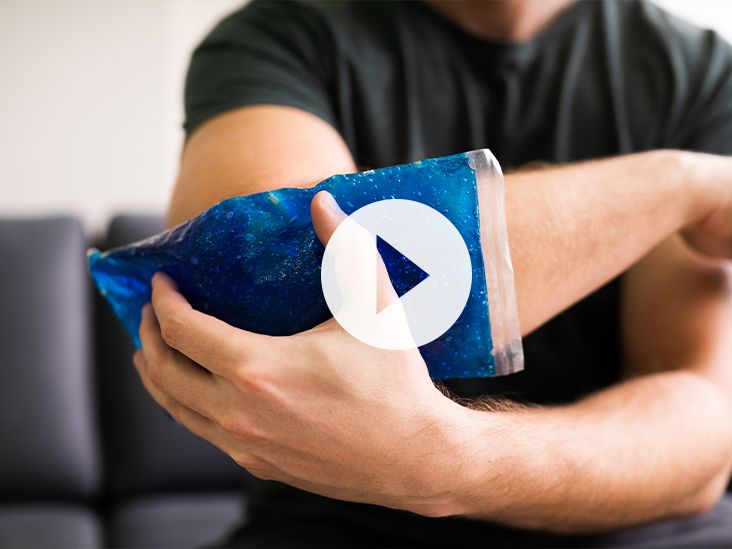
Can You Super Glue a Cut on a Dog?
In the realm of pet ownership, we often encounter unforeseen emergencies that test our knowledge and instincts. One common concern is dealing with minor cuts and abrasions on our furry companions. While it may seem like a quick fix, reaching for super glue to seal the wound is not a wise decision.
Super glue is a cyanoacrylate adhesive, a powerful chemical that bonds rapidly. While it may seem like an effective way to stop bleeding and close a wound, it can actually cause more harm than good.
What Happens When You Super Glue a Cut?
When super glue is applied to a wound, it creates a rigid, airtight barrier that inhibits natural healing.
The wound becomes sealed, preventing the release of fluids and debris that are essential for cleaning the wound and promoting healing. This can lead to infection, swelling, and pain.
Moreover, super glue can irritate the delicate tissues around the wound, causing further inflammation and discomfort. It can also damage the underlying tissue, delaying healing and potentially leaving scars.
The Risks of Using Super Glue on a Cut
Using super glue on a dog cut carries several risks:
- Infection: Super glue creates a sealed environment that traps bacteria and other contaminants, increasing the risk of infection.
- Tissue damage: Super glue can irritate and damage the fragile tissue around the wound, causing more pain and hindering healing.
- Allergic reaction: Some dogs may be allergic to cyanoacrylate adhesives, leading to itching, swelling, and redness.
- Impaired healing: Super glue blocks the natural healing process, preventing the release of fluids and debris that are essential for wound clearance.
Tips for Treating a Cut on a Dog
If your dog sustains a cut, it’s crucial to seek professional veterinary care as soon as possible. However, in the meantime, there are some basic steps you can take to minimize the risk of complications:
- Clean the wound: Gently clean the wound with warm water or saline solution, using a clean cloth or gauze.
- Control bleeding: Apply pressure to the wound with a clean cloth or gauze until the bleeding stops.
- Cover the wound: Protect the wound from further contamination by applying a sterile bandage or gauze.
- Monitor the wound: Keep an eye on the wound for any signs of infection or complications. If you notice swelling, redness, or discharge, seek veterinary attention immediately.
Conclusion
While super glue may seem like a convenient way to treat a cut on a dog, it’s a risky solution that can lead to serious complications. Always seek professional veterinary care for your pet’s wounds, as they can assess the severity of the injury and provide appropriate treatment.

Image: yourtherapysource.com

Image: healthline.com
Three things you didn’t know about gluing skin – Closing the Gap Apply a thin layer of the superglue and wait for the super glue to cure. This will create an impermeable layer above the wound. If you add too much glue too quickly, the super glue will take a longer time to cure, and that’s really not ideal. So again, thin layer and don’t overdo it.